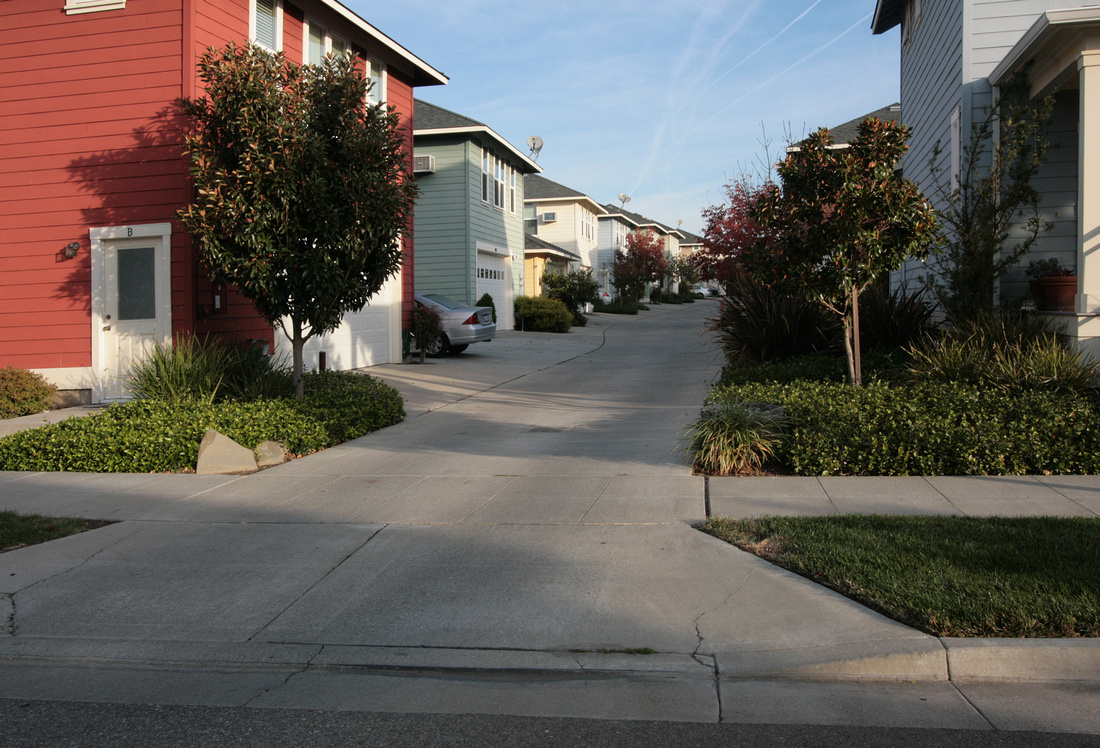On a recent trip to Lafayette, Louisiana I gave a talk about the town's opportunities for smaller scale, incremental development. In those great conversations that come after the Powerpoint I kept hearing multiple versions of the same question:
"Why aren't regular developers doing these small incremental projects you are talking about?"
This is sort of a variation of if you're so smart, how come you're not rich? (which is a good question.)
"If this is a real market opportunity, where are the "real developers"?
An Analogy:
I think that developers evolved into their current approach with the opportunities presented by post-WWII sprawl. They found specialties, and focused upon building only one or two things and directed all their attention and energy into delivering one or two specialized products at scale. Detached houses, Garden apartments, office parks, shopping centers, industrial parks, mini-storage, etc. With scale and specialization came economies of scale and specialized network of the resources you need to get the job done. With scale came consolidations, the big office developers, the big retail/mall and shopping center developer, the big multifamily developer aligned with capital sources that needed financial conduits of specialized debt products; first with banks and Savings and Loans, later following the S&L meltdown and new banking regulation they settled in with pension funds and insurance companies.
They became dinosaurs that each needed tons of biomass every day to survive. They were fueled with cheap capital and needed a habitat to range in typically made up of large scale projects.
They cannot recognize the habitat of the small infill or incremental developer/builder as anything even remotely viable for them.
They also cannot survive on what a small developer eats. A dinosaur needs tons of biomass every day to survive, thrive, and reproduce. A squirrel can get by on a dozen acorns a day, and can get by in a much smaller, scruffier habitat.
The Idea:
As we cultivate and mentor small developer/builders I think we should establish a common narrative. Small developer/builders are a very different breed from the guys who build Walgreens and apartment complexes out on the highway. They are delivering the next thing and the investors and municipalities that back their play are forward thinking insightful folk. A small developer in Fayetteville would benefit from local reporting/replaying the story of plucky small developer/builder/architect Bruce Tollar in Ocean Springs, and vice versa. Local folks should see their local small developer/builders as part of a larger growing trend, not as some sort of weird local eccentric.


